Ningxia is being hailed as the country’s top region for quality wine. Jane Anson meets the producers leading the way.
(Originally published in the June 2018 Issue of Decanter magazine)

You may not have heard of it, but Ningxia is being hailed as China’s hottest region for the production of quality wines. Jane Anson travels to the wild stretches of the Great Wall to meet the up-and-coming producers who are leading the way.
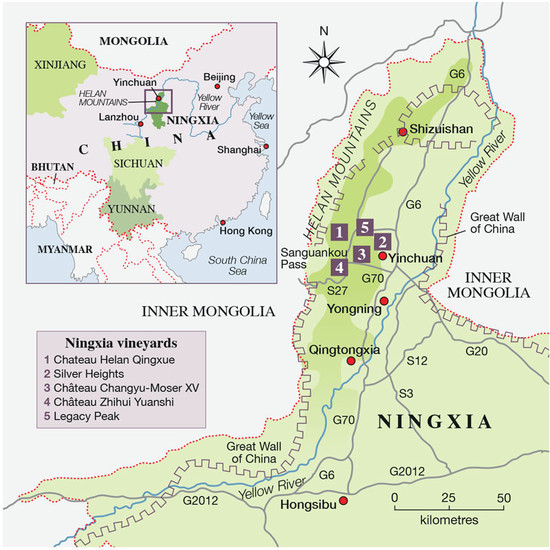
The Great Wall of China passes through Ningxia as it skirts Inner Mongolia and the Gobi Desert. We hiked along a section of it with our guide Kiki on a bright but cold sunny day last October. First built over 2,000 years ago to defend the Qin, Han, Sui and Ming dynasties from Mongolian attacks, some of the oldest remaining sections are seen here, at the Sanguankou pass through the Helan Mountains, where Genghis Khan first entered China in 1209. This is the wild Great Wall, eroded from the desert winds and devoid of tourists excepting the three of us.
We were able to stop here because the pass sits just a short drive away from the Ningxia Wine Route, a series of roads that skirt the foothills of the Helan Mountains and join together almost 100 wineries.
If we’d been here 15 years ago, this would still have been desert, with sandstorms an ongoing battle for the small villages that dot the area. Today it still feels like wild country, at an altitude of 1,000m and with many sections still under construction, but regularly spaced among the sparse landscape are vast Chinese-style fortresses, Loire-style chateaux and marble castles with moats and footbridges that are surrounded by either newly planted vines or land ready for planting.
If you’re trying to keep up with what’s happening in the Ningxia Hui Autonomous Region, you had better not leave it too long between visits. The very first winery opened here in 1985, but the first real wave of estates came over a decade later. None of the properties along the Ningxia Wine Route date back further than 1997 and the vast majority were built less than five years ago.
It’s hard to get an accurate picture of what is going on, at least partly because things are changing so fast, but figures from the Ningxia Bureau of Grape Industry Development show that plantings of wine grapes in Ningxia increased from 2,660ha in 2004 to 39,300ha in 2014. The stated aim is for this to become 67,000ha by 2020 (1 million mu in local measurements) with double the number of existing wineries. Creating any size of wine region from scratch at the edge of the Gobi desert is not a job for the unimaginative or easily defeated. To take it to 67,000ha – more than twice the size of Burgundy – in little more than two decades (despite winter temperatures that regularly drop to a vinekilling -25°C) is pretty staggering.
Starting out
It has taken, as is so often the case in China, clear government directives and support. Looking to move to a high-value agricultural crop, the local government initially bulldozed sand dunes and laid irrigation channels to make way for the vines, planting swathes of forest as an extra windbreak.
They then granted 70-year vineyard licences to the wineries, offered subsidies for buying vines and equipment, as well as for attending international trade fairs, and ensured that the focus from the beginning was on a chateau strategy – meaning wineries growing their own grapes, restricting yields and bottling on site rather than buying in grapes or bulk wine from other regions or countries, as has been common in much of the recent history of Chinese wine. In theory, if wines have Ningxia on the label all grapes have to be from there, an aim that is helped, as viticulturist Dr Richard Smart points out, by the region’s remoteness in China’s northwest territory, which hinders intraregional transport.
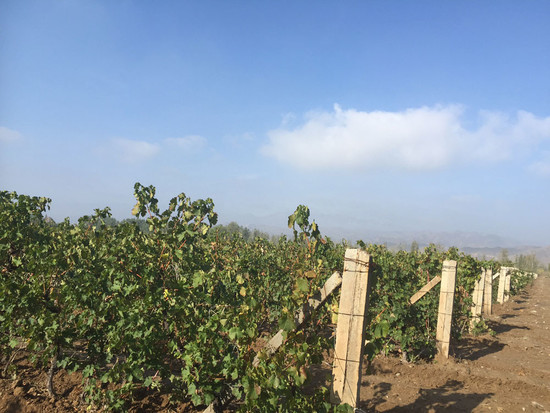
Next up was education in viticultural techniques.
In 2011 the Ningxia University Wine College opened and today has 800 students in the shape of 650 undergraduates and 150 postgraduates, learning everything from viticulture to wine marketing and sales under teachers such as microbiologist Dr Gang Jin and oenologist Wen Ma, who did her post-doctorate studies in Bordeaux. Overseas winemakers have been attracted through competitions to make the best local wine with over US$100,000 (70,000) on offer in prize money, with several of them staying on after the competition ended.
International consultants also help, although to be really useful they need to visit regularly and concentrate on teaching basic winery skills, rather than just flying in for the winemaking itself. Lenz Moser is at Château Changyu-Moser XV, Ho-Lan Soul has the Bordeaux oenologist Stéphane Toutoundji, Château Yunmo has opted for Michel Rolland, while Smart is at Chateau Mihope, introducing trellising techniques to help refine the local practice of burying the vines over the winter months to help them survive the cold (‘vertical trellising doesn’t work,’ he says, preferring instead to angle the vines during the whole year so that burying puts less strain on them).
There are, equally, many geographic positives to the location, which offers extremely dry summers, over 3,000 sunshine hours annually and cold winters that mean organic winemaking is easier than in many other regions. The incidence of rot and other diseases is extremely low, so herbicide use is almost non-existent – although vine-trunk disease has been an issue in the past. Almost all vineyard work is done by hand (cheap labour helps, of course) and in 2013 the Ningxia Helan Mountain East Wine Region Conservation Regulations were passed, providing legal protection to the sustainable development of the region’s wine industry.
Exploring potential
The success of all this can be seen through the number of national and international giants present here, including COFCO, Changyu, LVMH’s Chandon and Pernod Ricard (at first French-Chinese joint venture but now entirely independent). But it’s the high number of boutique wineries such as Silver Heights and Chateau Helan Qingxue that have focused international attention on the region, and reinforced the image of quality potential.
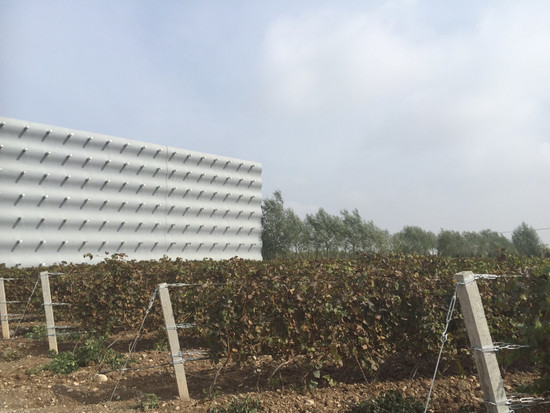
Cabernet Sauvignon is the main grape at over 70% of total plantings, although there are some interesting experimentations with Marselan, and the wines are racking up an impressive number of international awards.
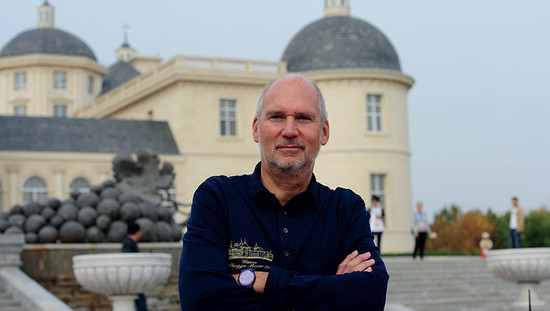
‘It’s an exciting but challenging place to be,’ says Moser, who has overseen a huge investment programme at Château Changyu-Moser XV and has been rewarded with seeing his family name added to the winery. ‘The challenge is to ensure this breakneck speed of development is sustainable, and to keep raising the basic level of wine knowledge.’
I saw a few signs of what Moser means. For example, I heard almost no talk of working the soils while I was there – even though there’s no doubt that these former desert sands could do with improved microbial structure. Tasting shows that there needs to be better natural balance in the vineyard to reduce the need for acidification or other techniques in the cellar.
The four main issues I found were TCA in corks, premature ageing in young wines, spiky acidity levels and issues with barrel management. But I also tasted many excellent wines made by committed winemakers that showed lush fruits and excellent potential.
Brave new world
‘The impact of the winemaker remains crucial,’ Smart tells me, when we discuss his impressions of Ningxia, formed during six years of regularly working there. ‘It can be frustrating as there is very little exchange between wineries, which means a lack of community awareness around specific viticultural and cellar issues. They need to be open to learning from mistakes, and for that you need contact not just with outside influences, but with others in your region.’
‘But there is clear potential for quality wine if vineyards are well managed, and I see similarities with the free-draining soils of regions such as Hawke’s Bay,’ continues Smart.
‘Right now the investment is focused on fancy buildings and buying the best equipment, while vineyard investment is too low down the list, but that’s changing. China paradoxically is the New World of winemaking, despite the fact that it was one of first places to make wine. Inevitably it’s a work in progress,’ he says.
What are his hopes for the future? ‘I’d like to see more experimentation with grapes beyond Cabernet Sauvignon, as there are lots of native varieties that might be a route for the future.’ He adds that some German grapes have their ancestry in China, though not many producers are currently developing those.
‘Marselan could well be the variety that China embraces as its own, particularly as no one else has grabbed it yet, and I’ve already seen some excellent examples from Ningxia,’ adds Smart. ‘There is also not yet a cultural appreciation of white wine, but the climate shows great potential for both sparkling and still whites from premium varieties such as Chardonnay.’
What’s certain is that the will and ambition are there. One thing, above all, convinced me of the true potential for success in Ningxia.
It came on the last night of my visit, as we had supper with the local government officials who were involved in the winemaking initiative. I asked Hao Linhai, the now-retired chairman of the International Federation of Vine and Wine of Helan Mountain’s East Foothill, what he believes should happen over the next 10 years. His reply was: to slow down.
‘I believe our success has come from the fact that our soils have been used from the beginning not for bulk but quality wine. We need to resist the temptation to go too fast. We all have a part to play in regulating growth and ensuring we keep this focus on quality.’
Five leading producers
Château Changyu-Moser XV
Changyu is China’s oldest wine producer, founded in the Shandong Province, with its origins dating to the late 19th century. It has marked its arrival in Ningxia with a stunning European-style château that cost £49 million and opened in 2012 with an 800-strong barrel cellar and museum to Chinese wine history. It is making some of the best wines of the region, especially since it began working in 2005 with fifth-generation Austrian winemaker Lenz Moser as a consultant.
Chateau Helan Qingxue
Founded in 2005, this is one of the estates that put Ningxia on the map through its Jia Bei Lan wine. Winemaker Zhang Jing was partly self-taught and partly educated by Professor Li Demei, gaining experience via an exchange programme that took her to the Rhône Valley and then Australia. Today she spends part of her year teaching in Adelaide as a visiting winemaker, and is one of the most exciting names in Ningxia. Helan Qingxue remains a boutique winery with 15ha planted and a focus on quality, picking among the earliest in the region and avoiding cellar techniques such as acidification.
Château Zhihui Yuanshi
The most impressive of all the wineries that I visited, not because of its scale but because it is built with local stone (the owners apparently made their money in quarries), using local craftsmen, in the traditional Chinese fortress style of the region. At every turn you find granite, sandstone, wood carvings, vast cavernous spaces,paved pathways and impressive sculptures and other works of art.
It produces about 70,000 bottles at the moment, 10% white, with some contract vineyards as well as its own grapes. Certified organic.
Legacy Peak
Owner Lui Hai was the first to plant in the eastern foothills of the mountains on rockier soils at over 1,200m altitude near the Xixia Kings’ Tombs. The vines are now 20 years old and harvest here begins about 15 days later than at other vineyards in the region, allowing for a longer, slower ripening season. All of this means complexity and nuance in the wines, and the estate is known for its excellent Chardonnay (though this grape covers just 0.8ha, with most of the vineyard given over to Cabernet Sauvignon and a small amount of Merlot). It was the first Ningxia winery to get an export licence.
Silver Heights
Another leading light of the region, Gao Yuan (known as Emma) runs the winery with her husband, Thierry Courtade, who she met when working as an intern at Château Calon-Ségur in St-Estèphe (he was there for 24 years and retains a thick Médoc accent). Still boutique in terms of focus and feel, the estate has 70ha of vines across two sites, at 1,200m altitude, with more gravelly terroir than many of the sand-dominant wineries of the area. Gao is the viticulturist and winemaker, while Courtade is the cellarmaster, with 15 full-time staff working alongside them to produce about 50,000 bottles a year.
Ningxia region – a timeline
1982 Changyu, Great Wall and Dynasty establish vineyards in the region, shipping the grapes out from Ningxia to be vinified elsewhere
1985 First winery opens
1996 Chinese premier Li Peng toasted his Five-Year Plan with red wine and emphasised its benefits for health and ‘social ethics’. This ushered in an initiative to promote Ningxia as a significant wine region
2011 Opening of Ningxia University Wine College (above). In the same year Château Helan Qingxue wins DWWA International Trophy
2012 Establishment of Ningxia Wine Bureau, the first provincial wine authority in China. Ningxia also joins the International Organisation of Vine and Wine (OIV) as an observer
2013 Ningxia launches a classification system for its wines, with five levels (like Bordeaux’s 1855 ranking). There are currently 36 classified wineries (no second or first growths yet)
2015 Committee formed in Helan Mountain East to oversee planning and construction of wineries
2016 Chinese premier Xi Jinping visits the region and speaks of the huge market potential of the wine industry
2020 Plans for 1 million mu of vines planted (equivalent to 67,000ha).
Anson's pick of wines from Ningxia
2014 Legacy Peak, Chardonnay 2015
92
N/A UK No English language website
This is a very good quality Chardonnay, which is barrel aged in 100% French oak for eight months. Rich straw in colour, with a round and silky texture on the palate, citrus notes and a lovely fresh finish.
Drink 2018-2023 Alcohol 13.5%
Silver Heights , Family Reserve Chardonnay 2015
92
N/A UK www.silverheights.cn
Made from grapes grown along the eastern slopes of the Helan Mountains, this 100% Chardonnay is bottled unfiltered and undergoes no malolactic fermentation. I love the colour and richness of this, with tropical fruits and beautiful freshness.
Drink 2018-2023 Alc 12.5%
Chateau Helan Qingxue, Jia Bei Lan Reserve 2014
92
N/A UK No English language Website
From different plots than the main estate wine, aged in 70% new oak barrels for 18 months, then kept in bottle for a further year. This is excellent, though still young. Smoky, almost burnt caramel notes, set against intense black fruits. Lovely complexity. A blend of 85% Cabernet Sauvignon with 15% Cabernet Franc.
Drink 2019-2026 Alc 14%
Chateau Changyu Moser XV 2015
90
£59 (2013) Berry Bros & Rudd
Rich deep colour, with clear fruit integrity. A full 75% new oak that is just a touch too evident at this stage. (The winery rather honestly admits that the last vintage sold out so quickly that it put this on the market a little earlier than it wanted to.) Intense concentration with a smoky edge. A blend of 85% Cabernet Sauvignon, 10% Merlot and 5% Syrah.
Drink 2019-2026 Alc 15%
Château Zhihui Yuanshi, Soul of Mountain 2013
89
N/A UK No English language Website
Good grip from the tannins, with layers of rich, black flesh on the fruit. There’s a little spiky acidity on the finish, but this is aromatically assured and has plenty of potential. A blend of 80% Cabernet Sauvignon and 20% Merlot.
Drink 2018-2024 Alc 14%
Click to find more award-winning Chinese wines in the 2018 Decanter World Wine Awards>>
Translated by Sylvia Wu / 吴嘉溦
All rights reserved by Future plc. No part of this publication may be reproduced, distributed or transmitted in any form or by any means without the prior written permission of Decanter.
Only Official Media Partners (see About us) of DecanterChina.com may republish part of the content from the site without prior permission under strict Terms & Conditions. Contact china@decanter.com to learn about how to become an Official Media Partner of DecanterChina.com.

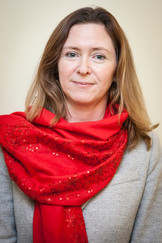
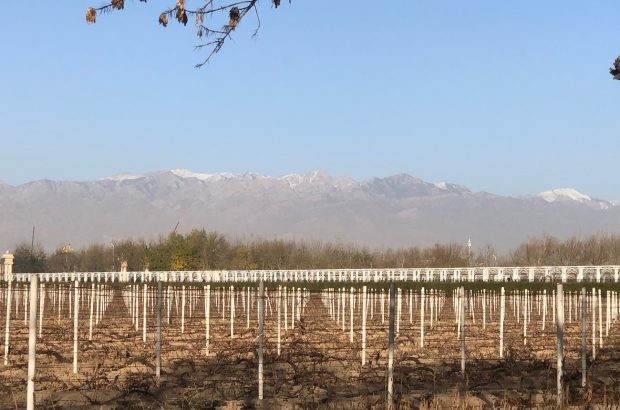
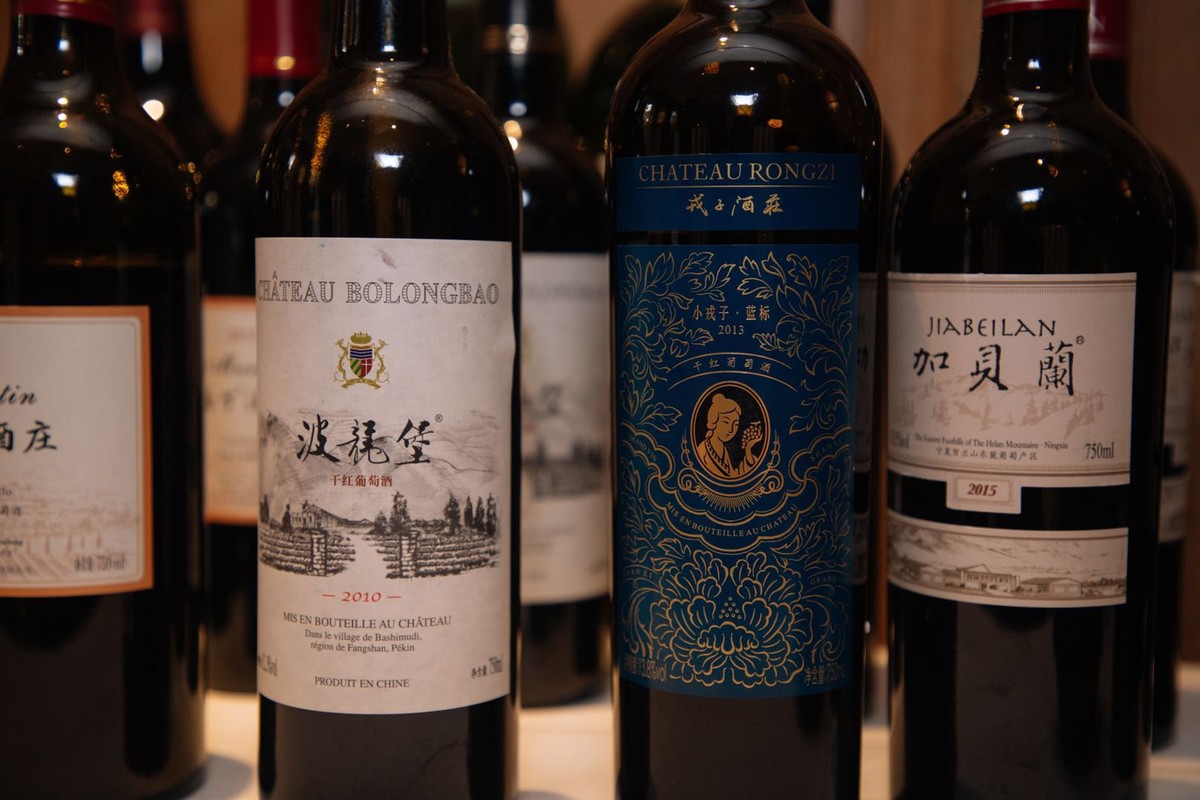
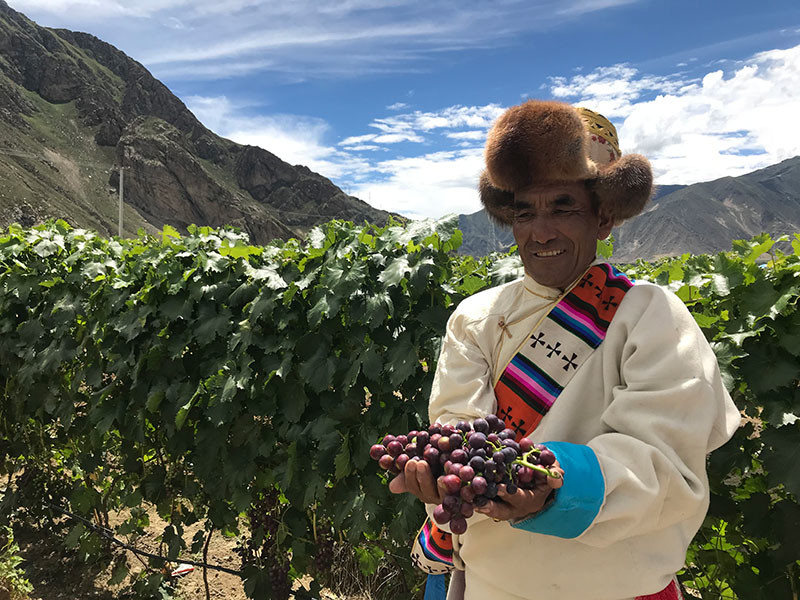
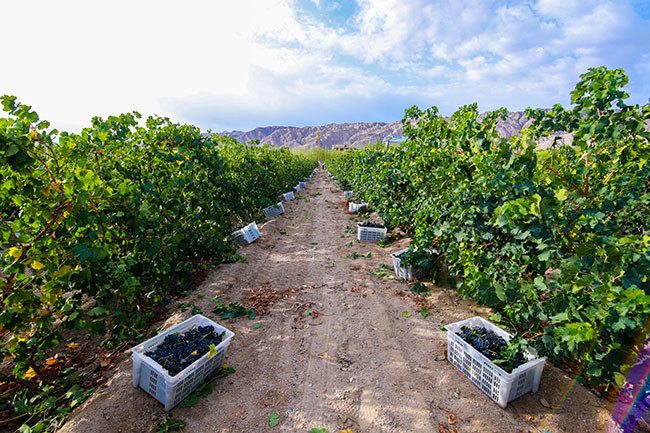
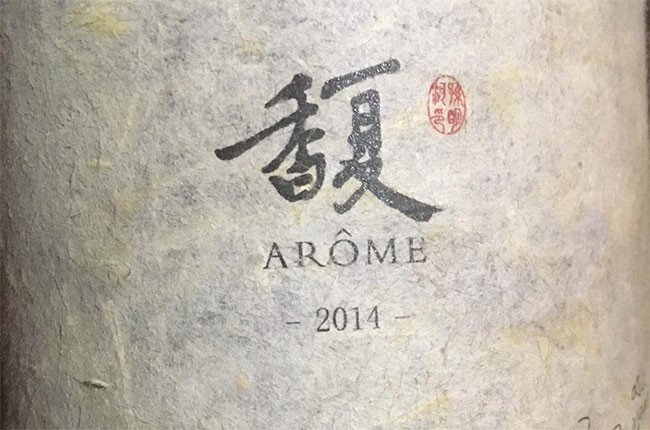
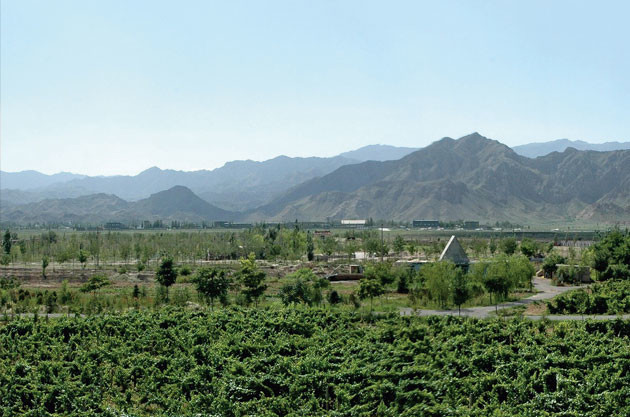
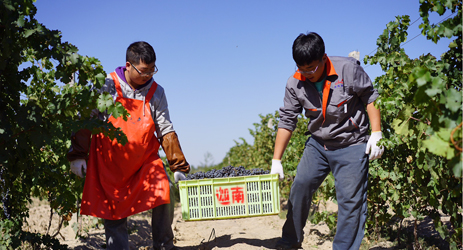
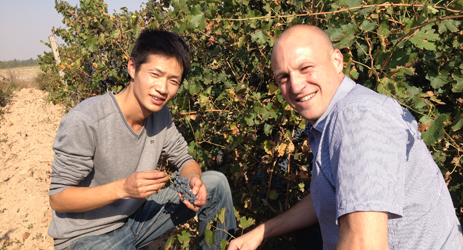
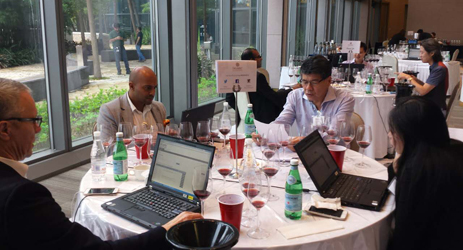
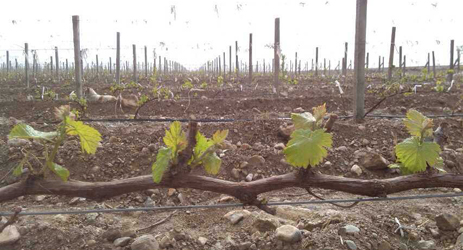
Comments
Submit